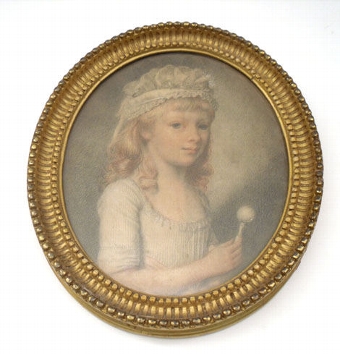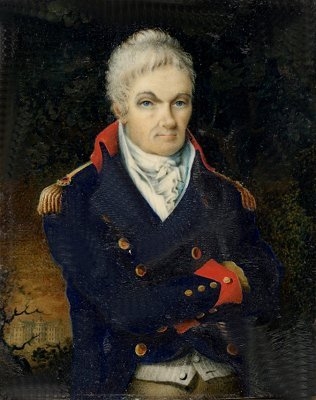portrait of robert ashby 1774- , non commiss..officer of the london volunteers
- View other items in:
- antiques interior design modern and vintage
- other interior design
artware ltd
Enquire about this antique
Artware Ltd has 565 antiques for sale.
click here to see them all
Harry Ashby was baptized in St Martin-in-the-Fields 26 April 1778, he was second son of Harry Ashby, an eminent engraver of bank notes to provincial , colonial and foreign bankers (see the DNB) , and his wife Sarah. He exhibited at the RA (69), BI (8) 1794-1836. He worked in london attracting mostly middle class and clerical clientele, but by 1810 had moved to Surrey, first lower Tooting, then Mitcham. He deid in Plymouth 13 june 1847 aged 69. His cause of death was listed as "disease of the spinal cord with paralysis of lower limbs and bladder, many years ". His son Harry Pollard Ashby was also an artist. (Literature Country life 18th April 1991.)
painted by Sartorius
To Sir Charles Price. Bart. MP. Late Lord Mayor of the City of London
This portrait of a noncommissioned officer of the
London Volunteer Cavalry is by permission most respectfully dedicated
by his loyal and faithful servant Robert Ashby
engraved by George Clint published by Robert Ashby 29th feb 1804."
The sword is the 1796 Pattern Light Cavalry sabre so the picture would date between 1796-1812
Antiques.co.uk Ref: 8JCUQUHY
- Materials:
- Oil on Canvas
- Width (cm):
- 50 X 40in. (127 x 102 cm.)
Artware Ltd
Artware Fine Art specialises in fine antique, decorative and historical portraits and topographical pictures . We cover a period from the 17th and 18th centuries through to the 19th & 20th Centuries. We have over 150 portraits in stock, which can be viewed on our web site, each historical portrait has well researched biographical information both on the sitter and the artist.
Contact details
18 La gare
51 Surrey row
London
Greater London
SE1 0BZ
UNITED KINGDOM
T: 0207 921 97904
E: greg@artwarefineart.com
W: www.artwarefineart.com














